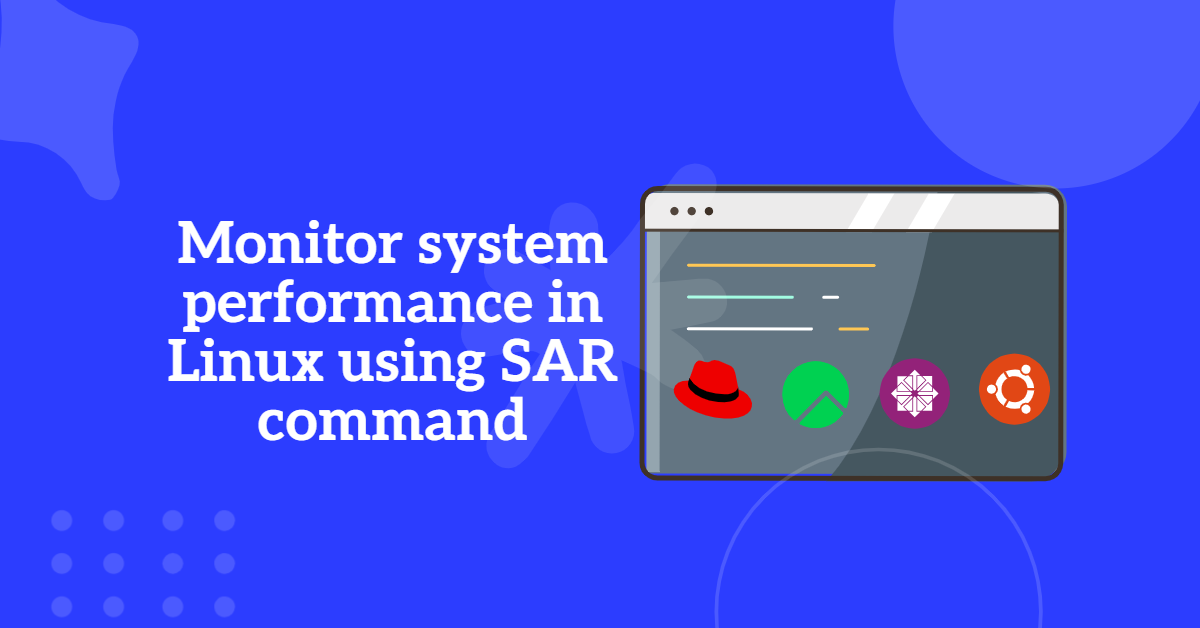
Table of Contents
Introduction to Fix GRUB Boot Loader
If you’ve encountered boot issues with your CentOS Linux system, you may need to fix the GRUB boot loader. The GRUB (Grand Unified Bootloader) is a crucial component that manages the boot process, allowing your system to load the operating system. However, various factors such as system updates, disk changes, or corruption can lead to GRUB errors, preventing your system from booting properly.
In this article, we will provide a comprehensive, step-by-step guide on how to fix GRUB boot loader in CentOS, Redhat, Alama or Rocky Linux. Whether you’re facing a simple boot error or a more complex issue, our guide will equip you with the knowledge and tools needed to troubleshoot and restore your system effectively. Let’s dive in and get your CentOS Linux system back up and running smoothly!
As a sysadmin, you’ve been there – you boot up your CentOS machine, only to be greeted with an ugly error message: “Grub unknown error” or “Grub command line“. Your system can’t boot, and you’re left to panic. Fear not, dear readers! This article will walk you through the dreaded process of recovering a corrupted Grub boot loader in CentOS.
Step 1: To Fix GRUB boot loader Boot into Rescue Mode
Grab a cup of coffee, take a deep breath, and let’s get started!
To boot into rescue mode, you’ll need to use a bootable media, such as a USB or DVD. Insert the media and reboot your system. As your system boots, navigate to the boot menu ( usually F2, F12, or the EFI boot menu) and select the media.
Once you’re in the boot menu, select the “Rescue” or “Troubleshooting” option. On a CentOS system, this usually involves selecting the “Install or upgrade an existing system” and pressing Enter.
Step 2: Login and Mount the File System
Next, you’ll need to login to your CentOS system using the root username and password. For most systems, the default password is ‘root’.
Once logged in, type mount -o remount / to remount the root partition in read-write mode. This will ensure you can make changes to your system configuration.
Read Also | EX200 RHCSA Exam Questions with Solutions: Your Path to RHEL 9 Certification
Step 3: Rescue the Grub Boot Loader
Now it’s time to rescue that pesky Grub boot loader! Run the following command to recover the Grub configuration:
grub2-install --/boot /dev/sda (or whichever device your root partition is on)
This command will reinstall the Grub bootloader on the specified device.
Next, run the following command to update the Grub configuration:
grub2-mkconfig -o /boot/grub2/grub.cfg
This command will regenerate the Grub configuration file.
Step 4: Remove the Rescue Media and Reboot
At this point, you’ve successfully recovered the Grub boot loader. Remove the bootable media and reboot your system by typing reboot and pressing Enter.
Step 5: Verify and Test
Once your system is booting normally, verify that your Grub configuration is correct by running the sudo grub2-mkconfig -o /boot/grub2/grub.cfg command again. If everything checks out, you’re good to go!
Conclusion
Fix Grub boot loader in CentOS Linux might seem daunting, but with these simple steps, you’ll be back up and running in no time. Remember to take note of the device name of your root partition (e.g., /dev/sda) and keep a copy of the output of the grub2-install command for future reference. In the immortal words of the late, great sysadmin philosopher: “A reboot is just a single step away from a rebuild.
Additional Tips:
- Make sure to update your package list before attempting to recover your Grub boot loader:
sudo dnf update
- Back up your system configuration files regularly:
sudo cp /etc/grub2.cfg /etc/grub2.cfg.bak
- If your system is still experiencing issues after running the above steps, try running a complete system restore:
sudo dnf system-recovery(CentOS 7 and later).
We hope this guide on how to fix GRUB boot loader in CentOS Linux has been helpful to you! If you have any questions, experiences to share, or additional tips, we’d love to hear from you. Please leave a comment below, and let’s continue the conversation! Your feedback is valuable and can help others facing similar issues. Thank you for reading!




